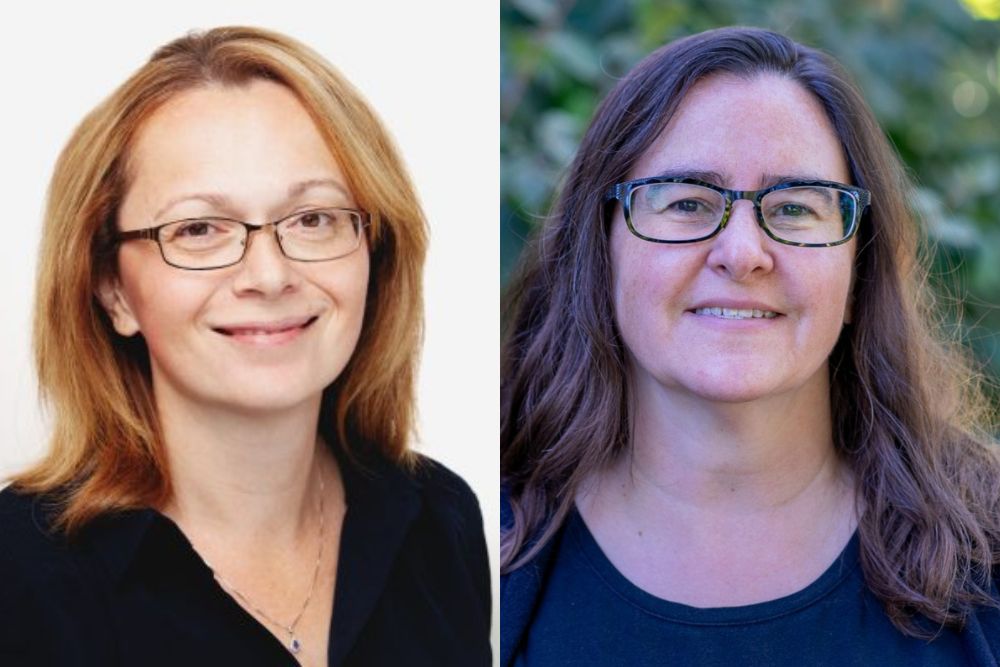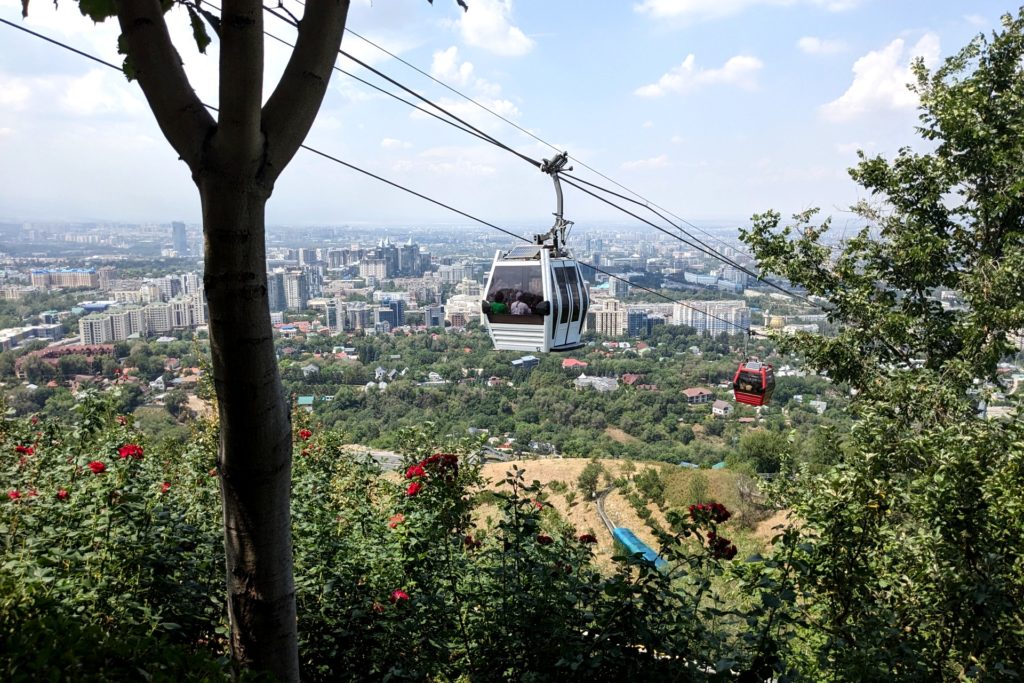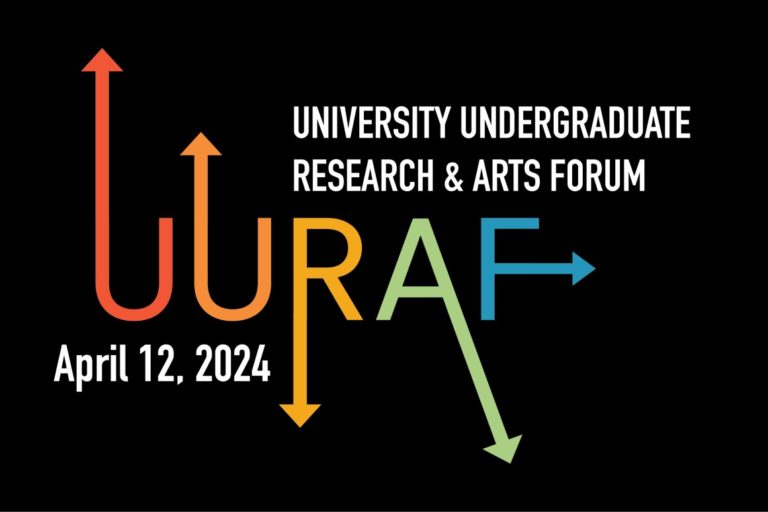When the war in Ukraine altered the landscape of global politics, study abroad opportunities, and perceptions of Russian speakers, Shannon Donnally Quinn, Associate Professor of Russian in the Department of Linguistics, Languages, and Cultures at Michigan State University, saw an urgent need to rethink the way Russian is taught.
Quinn’s response was to create an open educational resource (OER) that shifts the focus from Russia to the many diverse cultures and communities that speak Russian around the world. Working closely with colleague, Anna Tumarkin, Russian Language Program Director at the University of Wisconsin-Madison, together they developed the OER, Diverse Russian: A Multicultural Exploration, that launched in August 2024. The project was supported by the Less Commonly Taught and Indigenous Languages Partnership and funded by the Andrew W. Mellon Foundation.

This OER highlights the Russian-speaking populations of Ukraine, Kazakhstan, Georgia, the Baltic states, and even Russian-speaking communities in the United States, offering students a richer, more complex understanding of the language and the people who speak it.
“Working on this OER helped me to see how many interesting places there are that have Russian-speaking communities, and I thought about how important it is for us to have people who are studying this region to understand the (often complicated) relationship between the Russian language and the people who live in these places,” Quinn said. “The war in Ukraine has shown how important this is, and this OER makes a first step towards helping students be on the path to becoming those experts.”
Shifting Focus from a Russia-Centered Curriculum
Russian language education has traditionally centered on the culture, history, and language of Russia itself, with Russian language textbooks focusing almost exclusively on Russia, portraying Russian speakers as a singular group largely centered in urban centers like Moscow or St. Petersburg.
Quinn and Tumarkin sought to help students and educators explore the Russian language spoken far beyond Russia’s borders by people of vastly different ethnic, cultural, and religious backgrounds.

“One of the weapons that Vladimir Putin has been trying to use in the war against Ukraine is the Russian language,” Quinn said. “But the Russian language belongs to anyone who speaks it, and there is such a variety of people who speak Russian. However, many of our students are not aware that there are many people across the world who speak Russian.”
Diverse Russian: A Multicultural Exploration provides students with the tools they need to understand Russian as a global language, not just the language of Russia. This OER offers a richer, more complex look at the Russian-speaking world, giving students access to materials that highlight the Russian-speaking populations of Ukraine, Kazakhstan, the Baltic states, and even Alaska.
“The Russian language belongs to anyone who speaks it, and there is such a variety of people who speak Russian.”
While this resource includes a chapter on Russia, it deliberately focuses on the country’s Indigenous populations whose cultures are often overlooked in traditional textbooks.
“Russia is a very diverse country, and the fascinating cultures of these indigenous groups are worth spending time on,” Quinn said.
New Approach to Russian Language Learning
In addition to broadening the geographic scope of Russian language education, Diverse Russian: A Multicultural Exploration introduces fresh content that’s often missing from traditional textbooks. For instance, the chapter on Russian-speaking communities in the United States includes activities about family history and provides vocabulary for discussing same-sex marriage. Several chapters also incorporate LGBTQ+ topics, reflecting the diverse experiences of Russian speakers around the world.
A key strength of the OER also is its accessibility, enhanced by multimedia elements such as audio, video, and interactive content. The digital format allowed Quinn and Tumarkin to incorporate resources that go beyond what traditional textbooks offer.

“The technology allows us to be able to include help that can be clicked on if needed, and ignored if not needed, so we hope that makes the resource more flexible and able to be used by a larger number of students,” Quinn said. “We also provide teachers with a lot of supplemental materials, like transcripts of the videos, to make it as easy for them as possible.”
The accessibility of the OER is central to Quinn and Tumarkin’s vision for the resource. By making it free and open to the public, they hope to remove barriers for both students and teachers who may not have access to traditional textbooks.
Also, with study abroad in Russia no longer an option since the war in Ukraine began, many teachers have struggled to prepare their students for new study-abroad destinations. Diverse Russian: A Multicultural Exploration offers a solution by providing educators with resources that focus on the places where their students are now studying.
“When the war started in 2022, I felt a variety of emotions, and one of them was anxiety about the fact that I didn’t feel prepared to help students learn about the places where they would be studying abroad.”
“When the war started in 2022, I felt a variety of emotions, and one of them was anxiety about the fact that I didn’t feel prepared to help students learn about the places where they would be studying abroad,” Quinn said. “There is still so much more that I can learn about all of the places in the book, but I hope that this resource can give teachers and students a place to start.”
Diverse Russian: A Multicultural Exploration also provides teachers with valuable tools for incorporating the OER into their existing curriculum. The resource includes transcripts of videos, supplemental materials, and click-to-reveal help features that allow students to engage with more complex texts and media.

However, Quinn and Tumarkin emphasize that the focus is on supplementing traditional Russian textbooks, rather than replacing them.
“We’ve tried to make it as easy as possible for teachers to use, but we did not try to be thorough in teaching students grammar,” Quinn said. “We imagine that teachers will do that another way and let students focus on the content when they are using our OER. Each chapter has a place focus as well as a lexical focus, and these topics help to connect our book with some of the other books that students will be working with. Some of the lexical topics are geography, history, politics, music, and food.”
Collaboration and Community Engagement
The support of the Less Commonly Taught and Indigenous Languages Partnership allowed the team to hire consultants from the regions featured in the OER, ensuring that the materials accurately and respectfully represented the cultures and histories of those Russian-speaking communities.
“The Less Commonly Taught and Indigenous Languages Partnership gave us a lot of freedom in the development of the book, but they gave us useful feedback on our original plans for it,” Quinn said. “The most important thing that the support did was allow us to hire consultants to help with each chapter. They helped us to identify topics and texts that we could use to help students learn about the places, and they read the chapters when they were completed and gave us feedback.”

Quinn also had the opportunity to travel to Kazakhstan in 2023 when she began working on the Kazakhstan chapter of the OER. This firsthand experience deepened her understanding of the region and its Russian-speaking communities, enriching the content she was able to provide for students.
Fostering Inclusivity and Engagement
Recognizing that students have a wide variety of interests, Diverse Russian: A Multicultural Exploration was designed to include a broad array of topics to ensure something appeals to everyone.
“People are unique, and we know that not everyone will find the same topics compelling, so we tried to include a great variety,” Quinn said. “I do hope there will be something that resonates with every student.”
The resource covers a range of subjects, from cultural history to modern life. A few examples include the history of the first coffeehouse in Europe, located in Ukraine, an interview with a Kazakh rapper from Kazakhstan, and an exploration of fashion trends among Indigenous populations in Russia. Students also can learn about a unique neighborhood of artists in Lithuania that has its own constitution, discover how to make Georgia’s iconic dish khachapuri, or explore a rare dialect of Russian still spoken in Alaska.

To keep learning interactive and engaging, each chapter concludes with fun activities that reinforce key concepts. Students can review what they’ve learned by playing a short game, and their final assignment encourages them to post content that can be read and responded to by students from other universities. For instance, in the Kazakhstan chapter, which focuses on music, students are encouraged to explore playlists from Kazakhstan and other regions, and then share a song they’ve discovered for others to listen to and discuss.
“We want our students to feel that they are also part of a Russian-speaking community,” Quinn said.
Looking Ahead: Expanding Diverse Russian
Diverse Russian: A Multicultural Exploration is now available for free online and is being incorporated into Russian language courses across the country.
As Quinn and Tumarkin look to the future, they see the OER as an evolving project and are eager to continue adding chapters to this resource, with the next planned chapter focusing on Kyrgyzstan, a popular study-abroad destination for many Russian language students.
“We hope to continue adding chapters over time…This has been one of the most fun projects I have ever worked on because I have found so much to learn about in these places.”
“Many students are studying abroad in Kyrgyzstan, so it will be useful to have this as an additional chapter once it’s ready,” Quinn said, “And we hope to continue adding chapters over time.”
Ultimately, Quinn and Tumarkin hope that students and educators alike will come away from using the OER with a deeper understanding and appreciation of the rich diversity of Russian-speaking communities around the world.
“I hope they find these places as interesting as I do,” Quinn said. “This has been one of the most fun projects I have ever worked on because I have found so much to learn about in these places.”






